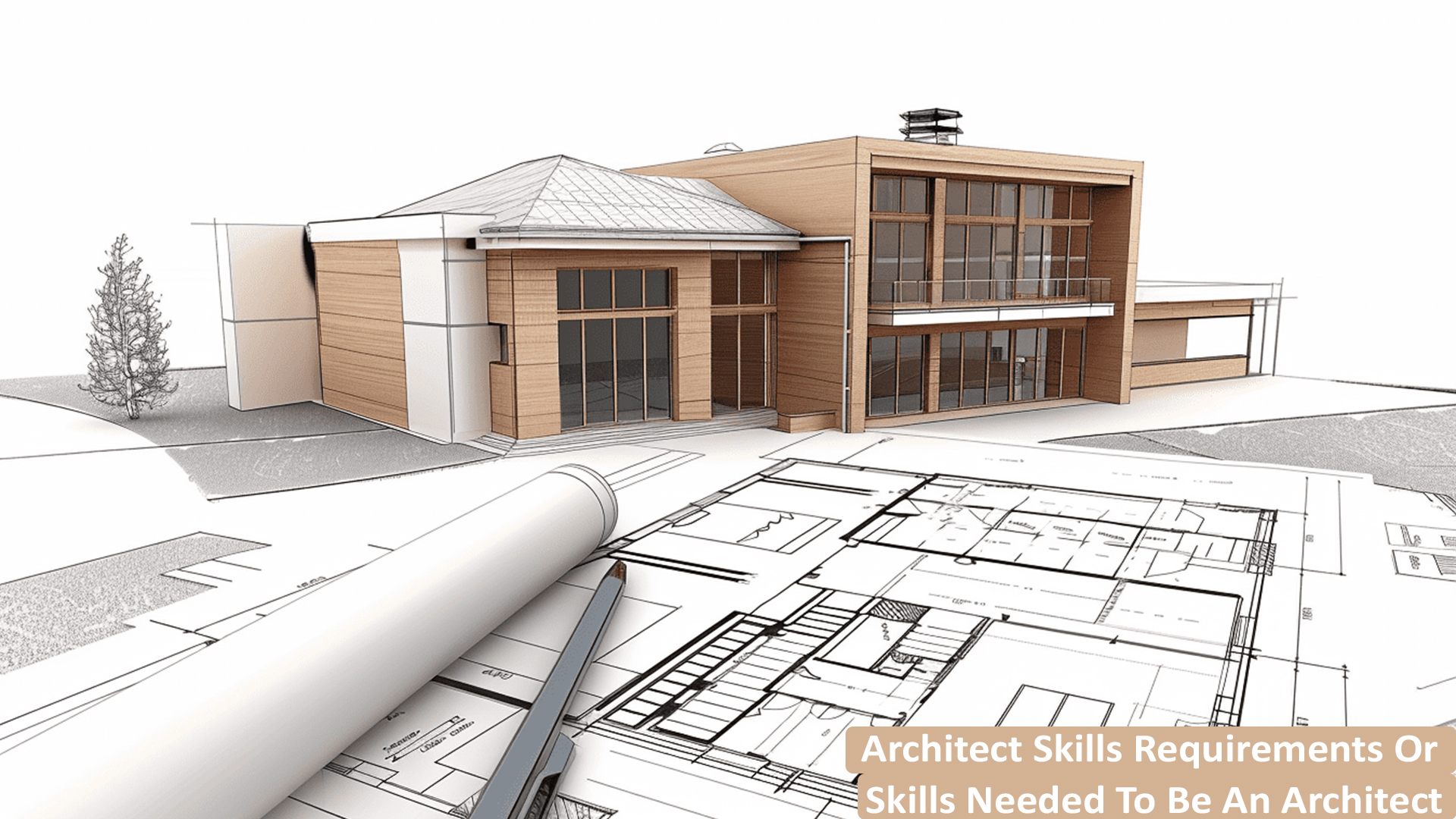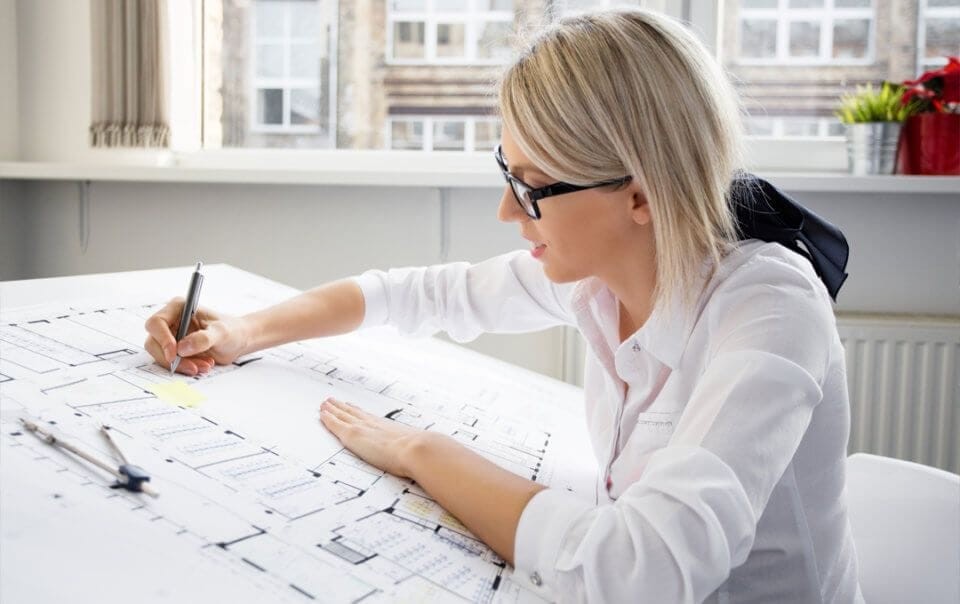Architect Rules for Designing Evergreen Interiors
Architect Rules for Designing Evergreen Interiors
Blog Article
The Duty of Sustainability and Technology in Modern Architect Practices
Sustainability and modern technology are improving modern style in ways you may not anticipate. By accepting smart advancements and environmentally friendly products, engineers are not just producing buildings; they're crafting atmospheres that boost our quality of life.
The Value of Lasting Architecture
Sustainable style is important not simply for the setting but also for improving our top quality of life. When you accept lasting layout, you're not just decreasing your carbon impact; you're developing rooms that advertise wellness and health. Imagine living in a home that utilizes all-natural light, boosts air top quality, and reduces energy costs. You'll feel more comfy and linked to nature.
In addition, sustainable architecture often leads to more powerful areas. When structures are developed with environment-friendly techniques, they can motivate others to comply with fit, promoting a society of sustainability. You'll observe enhanced residential property worths and a higher sense of satisfaction in your surroundings.
Lastly, by focusing on sustainability, you're spending in the future. You're ensuring that future generations delight in a healthier earth and lively communities. When you consider your next task, believe concerning exactly how sustainable design can elevate your life and those around you.
Cutting-edge Materials Changing Building Practices
As you discover ingenious products in architecture, you'll locate that naturally degradable building and construction materials are improving exactly how we think of sustainability. Recycled material innovations are providing new life to waste, while wise product innovations boost constructing effectiveness. These innovations not only advertise eco-friendliness yet likewise press the limits of design.
Naturally Degradable Construction Materials
While typical construction products often add to ecological deterioration, naturally degradable building materials are emerging as a viable choice that changes building practices. By incorporating eco-friendly alternatives into your layouts, you're not just boosting aesthetic allure; you're likewise making a positive influence on the world. As you adjust to these ingenious materials, you'll locate that they provide sturdiness and convenience, allowing you to produce structures that straighten with contemporary values of sustainability and duty.
Recycled Material Developments
Over the last few years, cutting-edge materials with high recycled web content have revolutionized structure practices, supplying designers exciting new options - Architect. You can currently incorporate products like recycled steel, which not only lowers waste however additionally boasts remarkable stamina. Recycled glass is an additional wonderful choice, giving aesthetic charm while minimizing ecological influence

Smart Product Technologies
Smart material technologies are improving the means you believe concerning constructing techniques, providing dynamic remedies that adjust to altering conditions. These innovative materials, such as self-healing concrete and thermochromic glass, improve building performance and sustainability. By incorporating clever materials, you can develop energy-efficient layouts that react to their environment, lowering total energy usage.
The Integration of Smart Technologies in Style
As modern technology progresses, integrating clever solutions right into architectural style comes to be essential for producing sustainable and effective areas. You can integrate wise modern technologies like constructing monitoring systems, which optimize power usage and improve occupant comfort.
Including Web of Things (IoT) tools allows for seamless interaction amongst different structure systems, allowing you to make data-driven decisions that boost functionality. Smart materials that react to environmental adjustments can additionally enhance your layout, offering vibrant solutions to ever-changing conditions.
Power Efficiency and Renewable Resource Solutions
While several engineers concentrate on aesthetic appeals, prioritizing power performance and renewable power remedies is necessary for lasting design. You can begin by including easy solar style, which optimizes all-natural light and heat, decreasing reliance on synthetic lighting and furnace. Make use of high-performance insulation and energy-efficient windows to decrease power loss.
Do not forget renewable resource systems-- mount solar panels or wind generators to generate tidy energy on-site. You can additionally think about incorporating geothermal heating and cooling down systems for an extra lasting temperature level policy.
By selecting energy-efficient devices and lighting, you'll not just minimize power consumption however additionally reduced operational costs for developing passengers.
Incorporating these concepts into your layouts not just profits the atmosphere yet additionally improves the building's appeal and worth. Ultimately, your dedication to energy efficiency and sustainable power will establish your projects apart in an affordable market.
Water Conservation Methods in Modern Design
Integrating water preservation strategies right into modern style is crucial for producing sustainable buildings that reduce environmental effect. You can accomplish this by incorporating rainwater harvesting systems, which accumulate and save rain for watering and non-potable uses. Applying low-flow fixtures and clever watering systems also reduces water consumption, ensuring effective use throughout the building.
Take into consideration making use of drought-resistant landscaping, which requires less water and advertises biodiversity. Integrating permeable paving materials allows rainwater to infiltrate the ground, decreasing runoff and charging groundwater materials.
Additionally, setting up greywater recycling systems can repurpose water from sinks and showers for bathroom flushing or watering, additional saving resources.
The Effect of Biophilic Design on Health
Biophilic style brings nature inside your home, and you'll notice its favorable effects on your wellness and happiness. By boosting interior air top quality and connecting you with natural environments, these rooms can transform your daily experience. Let's discover how integrating these functions can boost your overall health.
Nature's Influence on Health
When you include aspects of nature into your environments, it can greatly improve your physical and mental wellness. Biophilic style, which highlights all-natural light, description plants, and organic products, promotes a feeling of connection to the outdoors. Accepting biophilic design is a step towards a healthier way of life.
Enhancing Indoor Air Quality
While numerous people focus on looks and performance in design, enhancing interior air top quality plays an important role in your overall well-being. By incorporating biophilic layout components, you can improve air quality normally. Focusing on these facets in your layout will certainly not only elevate your space yet additionally advertise a sense of calmness and wellness.
Connection With Natural Components
When you attach with natural environments in your space, you not just boost its aesthetic allure however also significantly enhance your health. Biophilic style encourages you to include functions like plants, natural light, and natural materials. These aspects create a calming ambience, decreasing tension and stress and anxiety. Research reveals that being around nature can enhance your state of mind and cognitive function, helping you feel extra efficient and focused. When you welcome the outdoors inside, you may see much better air quality and raised comfort. Straightforward modifications, like including a living wall or big home windows, can exceptionally influence your experience (Architect). Ultimately, incorporating nature into your atmosphere leads you to a healthier, happier way of living, promoting a much deeper link to the world around you.
Future Patterns in Lasting Building Practices
As the globe encounters pressing ecological obstacles, architects are increasingly accepting ingenious techniques to sustainability that redefine how we design and develop. You'll see a surge in biophilic design, integrating nature into urban spaces to enhance wellness and decrease energy usage. Smart technologies, like AI and IoT, are improving energy administration in buildings, optimizing resource usage, and reducing waste.
Additionally, modular building and construction is obtaining grip, enabling much faster, extra reliable structure processes while decreasing environmental effect. The use of sustainable materials, such as reclaimed timber and recycled steels, is ending up being typical technique. As you discover these fads, click this site anticipate a change toward circular design, emphasizing the lifecycle of products and advertising reuse and recycling.
These forward-thinking techniques not only address eco-friendly problems yet likewise create healthier, extra durable communities. By staying educated regarding these trends, you can help form a sustainable future in architecture.
Regularly Asked Concerns
How Can Sustainability Affect Project Budget Plans and costs?
Sustainability can considerably influence job costs and spending plans. You may find that first investments in environment-friendly materials or technologies lead to lasting cost savings through energy effectiveness, reduced waste, and possible government incentives, inevitably balancing the total costs.
What Qualifications Exist for Sustainable Style?
You'll discover numerous certifications for sustainable style, consisting of LEED, BREEAM, and the Living Structure Obstacle. These certifications assist you show your dedication to sustainability and can enhance your job's integrity and appeal to clients.
Just How Does Local Culture Influence Sustainable Layout?
Regional society shapes sustainable layout by reflecting neighborhood products, worths, and practices. You'll find that incorporating neighborhood aesthetic appeals and practices not just values heritage yet also enhances the capability and acceptance of your building tasks.
What Duty Does Customer Education And Learning Play in Sustainable Practices?
Customer education's vital for promoting sustainable methods. When you notify customers concerning advantages, expenses, and ecological effects, you equip them to make educated decisions, promoting a collective technique that improves the job's general sustainability.

Just How Can Architects Measure the Success of Sustainability Efforts?
You can gauge the success of sustainability initiatives by tracking energy usage, evaluating material efficiency, and event comments from customers. Normal audits and contrasts versus benchmarks will assist you fine-tune your strategies and showcase improvements efficiently.
By incorporating wise products, you can produce energy-efficient layouts that react to their environment, reducing general energy usage.While many architects focus on aesthetics, prioritizing energy effectiveness and sustainable power solutions is necessary for lasting style. Biophilic style, which highlights all-natural light, plants, and natural products, fosters a feeling of link to the outdoors. Biophilic layout urges original site you to integrate functions like plants, natural light, and organic materials. As you explore these trends, expect a shift toward circular style, highlighting the lifecycle of materials and promoting reuse and recycling.
Report this page